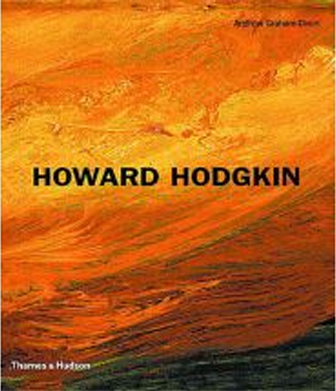Marina Warner and Andrew Graham-Dixon look at the work of several artisits who have turned over a new leaf
"OTHER BOOKS, non books, anti books, pseudo books, quasi books, concrete books, conceptual books, structural books, project books" the Mexican artist-publisher Ulisses Carrion's polemical list suggests some of the differences between the ordinary book and the livre d'artiste, which he insists is never merely "a case of words, nor a bag of words, nor a bearer of words."
Artists' books come in all shapes, formats and sizes: handmade or printed, they range from conventional illustrated texts to strange boxes or bags crammed, fetish-like, with scraps of paper and assorted bric-a-brac; from bound sequences of prints or litho-graphs to books that open into con-certinas of text and image.
The book-as-artwork has a long his-tory, from the illuminated texts penned laboriously by monastic scribes in pre-Gutenberg days to the engraved books of William Blake; from the mediaeval revivalist books of William Morris to those of Henri Matisse and Max Ernst. But the idea that the book, conceived, written (if it contains words) designed and produced by the artist, could be a credible alternative to conventional gallery exhibition, really took off in the Sixties and Seventies.
Disenchanted by the elitist, self-re-garding stagnancy of the commercial art world, artists saw the infinitely replicable form of the book as a way of bringing their art to the attention of the widest possible public. The boom in artists' books at this time coincided with the wider tendency of artists to make manifesto statements, verbal or visual, to which the book was naturally adapted.
Typical projects of the time were Carl Andre's book Brick Wall, which consisted of a series of photographs of a wall under different light conditions, and Sol Le Witt's paradigmatically minimal Four Basic Kinds...


